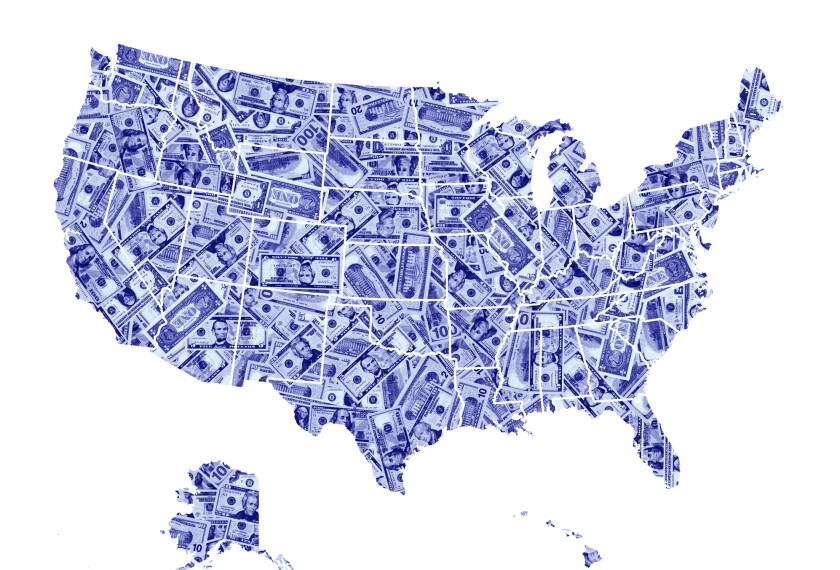Overall funding for K-12 schools in the U.S. grew by $38 billion during the 2020-2021 school year—the first one that entirely coincided with the COVID-19 pandemic.
That growth can be attributed in large part to the infusion of pandemic relief aid the federal government approved for districts in three rounds between March 2020 and March 2021. That investment totaled just shy of $200 billion.
The latest school figures come from recently released fiscal year 2021 data compiled from school district surveys conducted by the U.S. Census Bureau.
While the data are nearly two years old, they offer the most up-to-date, comprehensive look at school spending across the nation, in individual states, and in each district.
Advocates of school funding transparency have long pushed for a faster turnaround on spending data. But those calls so far have gone unanswered.
Here are the key numbers you need to know to understand what these surveys reveal about the state of K-12 school funding.






